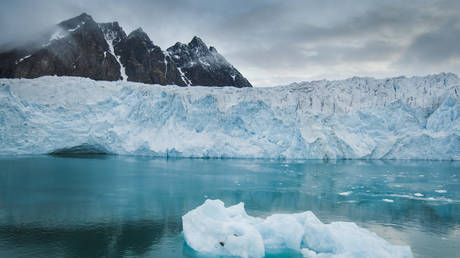
An gigantic hole that opened up in the ozone layer above the Arctic in March has now closed up again but UN scientists were keen to point out that it has nothing to do with the Covid-19 pandemic.
Ozone depletion hit a “record level” in March, with experts saying that the hole covered an area about three times the size of Greenland. However, just as suddenly as it formed, the gash has now healed.
Boffins from the UN’s World Meteorological Organization said on Friday that the springtime phenomenon was driven by ozone-depleting substances still in the atmosphere, and by a very cold winter in the stratosphere.

“These two factors combined to give a very high level of depletion which was worse than we saw in 2011. It’s now back to normal again … the ozone hole has closed,” spokeswoman Clare Nullis explained at a UN briefing in Geneva.
The rapid recovery led to some speculation that the drop in pollution being emitted, because of efforts to combat the spread of the coronavirus, had played a role, but the theory was quickly dismissed. “It was completely unrelated to Covid,” Nullis said.
Like this story? Share it with a friend!




